
Somalisa Camp, Hwange National Park
Upon arriving at Somalisa Camp, I knew this would rank as one of my favorite Southern African camps. Actually, the photos on the website convinced me that I would love this camp long before I arrived. The camp is stunningly beautiful. You will almost want to skip a game drive to fully luxuriate in the space. The inviting and massive deck overlooks open savannah and a waterhole that attracts huge breeding herds of elephants during the dry season. It is a relaxing space with a fire pit that demands you enjoy a postprandial drink under a canopy of stars and swimming pool. Our private tent (replete with a hammock, outdoor shower, and a wood burning stove that Callum wanted to light despite the rather warm autumn nights) was utter perfection.
We arrived at Somalisa Camp after an early morning road transfer and border crossing from Kasane, Botswana to Victoria Falls Airport in Zimbabwe. This was followed by a 40 minute charter flight to an airstrip in Hwange National Park. Whilst the game viewing was sparse at the end of March, that had nothing to do with the quality of our guide, but the fact that the much needed rains had left the bush lush and with plentiful water sources. This meant that the general game were spread out over the vast area and the elephants that the camp is famous for had not yet returned to the area. That being said, there was a large open plains area where we had two epic sundowners in company of impala, zebra and elands. We were taking advantage of the shoulder season rates and migratory birds that were still in the area. While game viewing tends to be better during the southern hemisphere winter/dry season, summer is best for birds. Callum even got a few lifers (first sightings) to add to his bird list. In addition, lion politics had caused Cecil’s Pride (yes, that Cecil) to vacate their territory because of uncertainty after the dominant male in the area had passed away. Males will kill cubs in order to force the lionesses into estrus and mate with them thus passing along their genes. The lionesses were doing what was needed to protect their youngsters and had moved out of the area. Despite this we did manage to see lions – a male who was mating with a lioness and his two sub-adult sons who had stayed with him for added protection. Seeing as there is a roaming group of seven sub-adult males who had formed a formidable coalition due to sheer numbers, this seemed like a smart strategy for the lone older lion. Seriously, the lions of Hwange could easily star in their own soap opera. Despite our rather unlucky animal encounters, we took full advantage of the beauty and professionalism of Somalisa Camp. We skipped two morning game drives and elected to sleep in. At the proscribed hour the butler delivered a steaming pot of coffee to our room accompanied by a bottle of Amarula (a South African liquor similar to Bailey’s). Remember to pick up a bottle at duty free as a reminder of your trip. We spent the next few hours sunning ourselves on the deck, drinking coffee and Amarula, while Callum made an exhaustive bird list and I read the Travel Africa magazines that were in our room. I am always plotting our next holiday! The food was phenomenal and like all safari camps, is more food than a human should reasonably consume in in a day. All meals are served at a communal table with all guests gathered together and sharing stories from their drives, but the camp host accommodated our request to dine privately every evening. Callum and I kept marveling at the camp and saying that we wanted to come back to in the cold, dry season to take full advantage of game viewing at its peak. Plus, Mana Pools beckons and African Bush Camps has a lodge there that I think would perfectly round out another trip.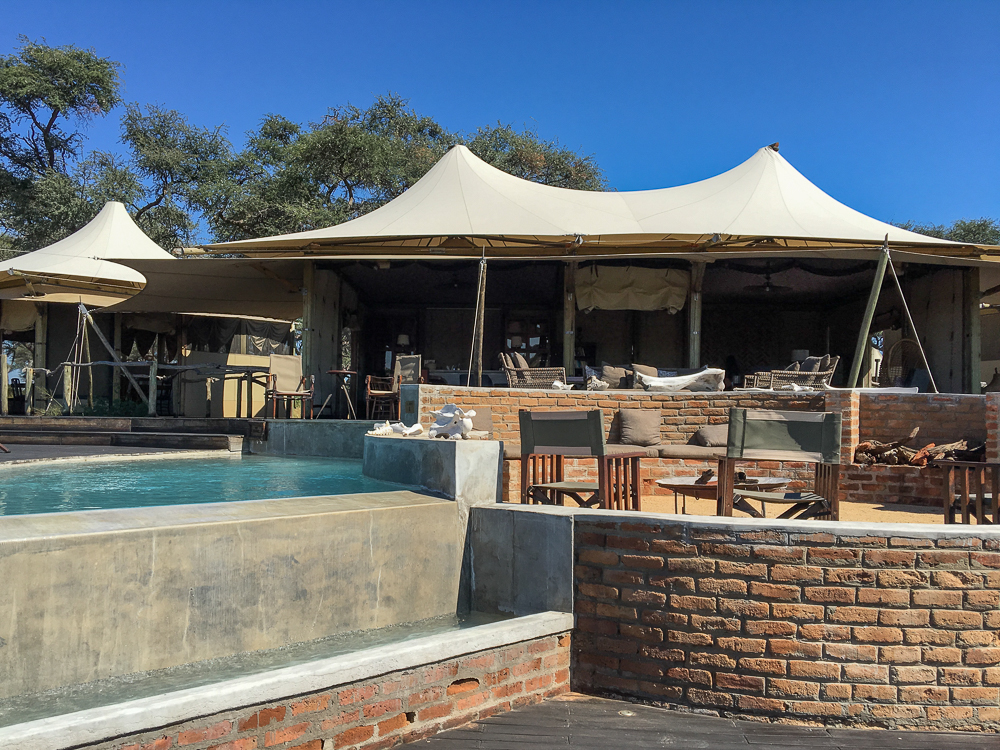
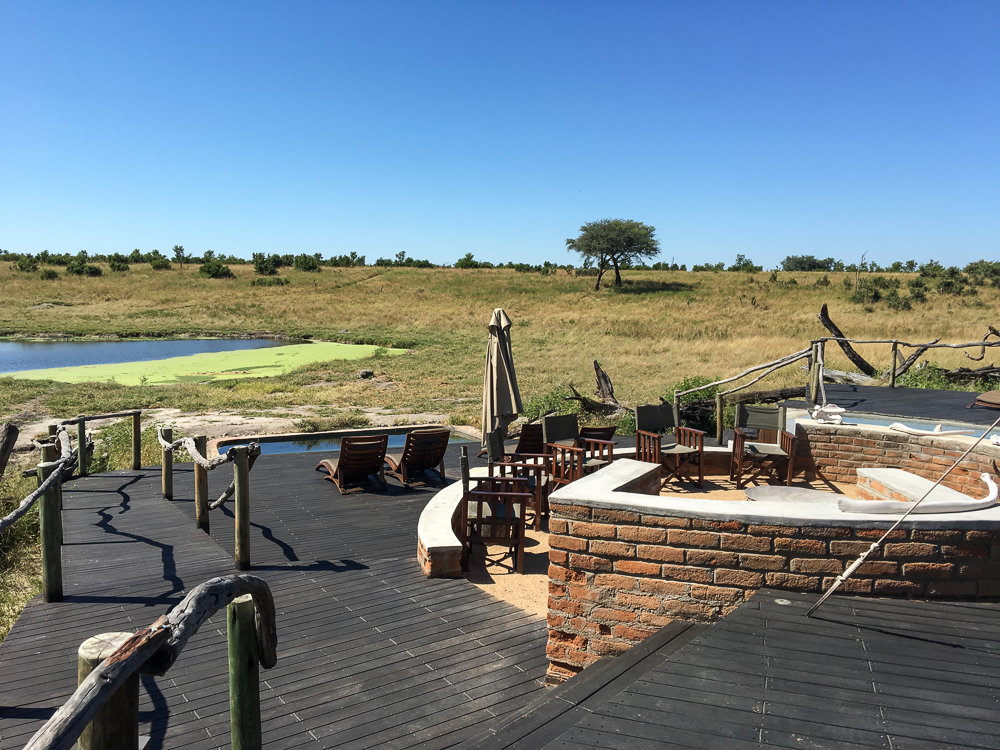
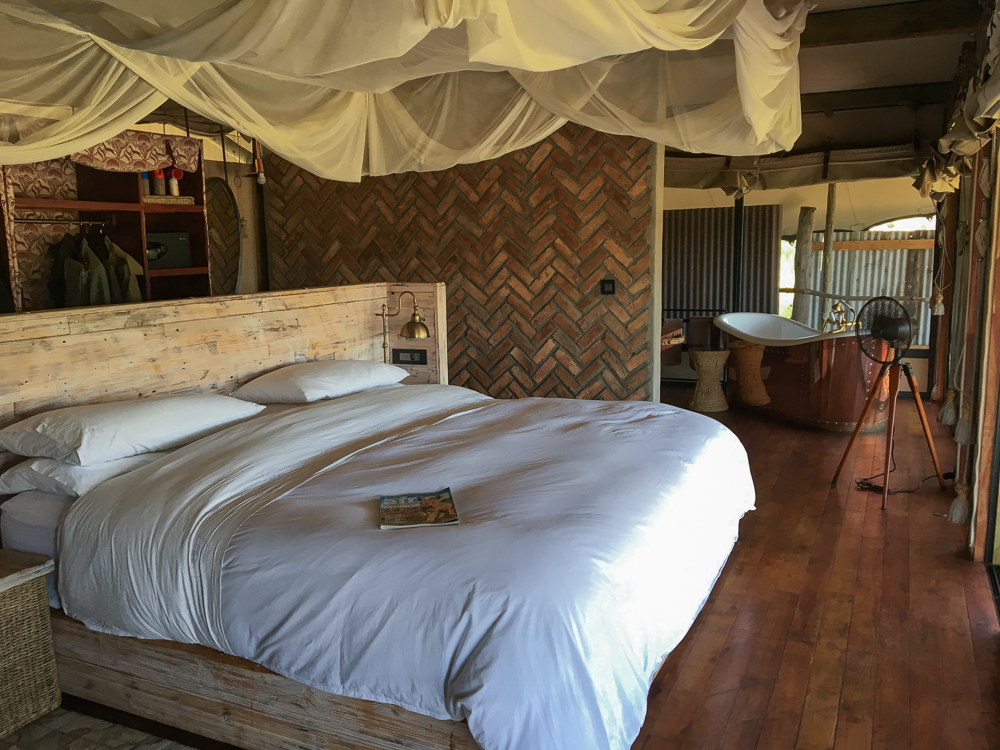
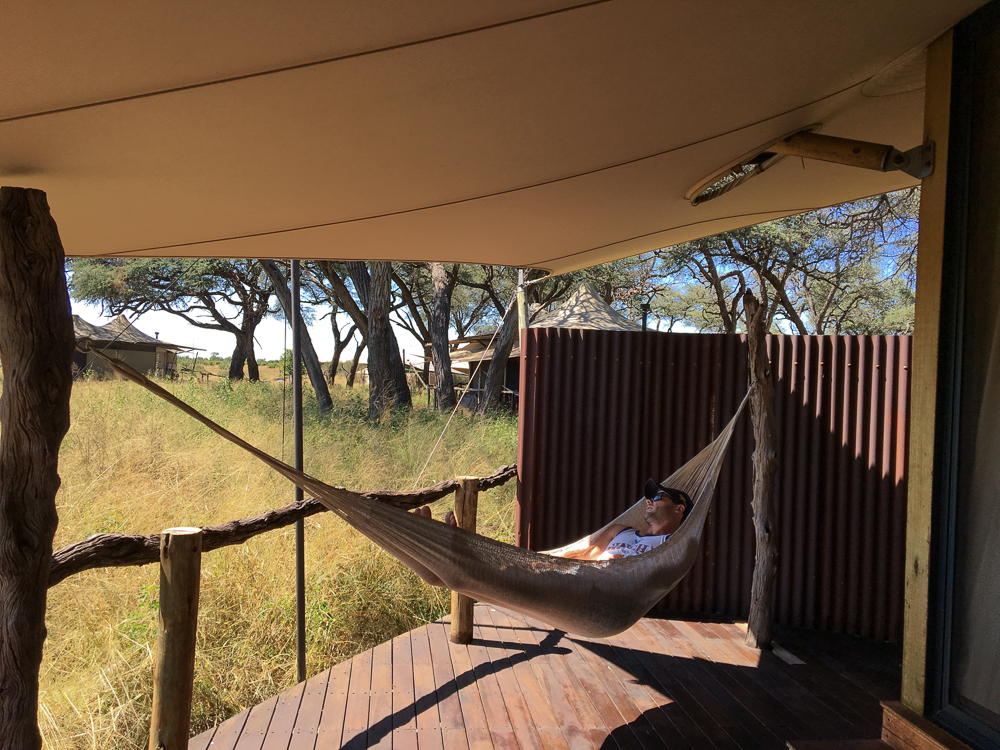
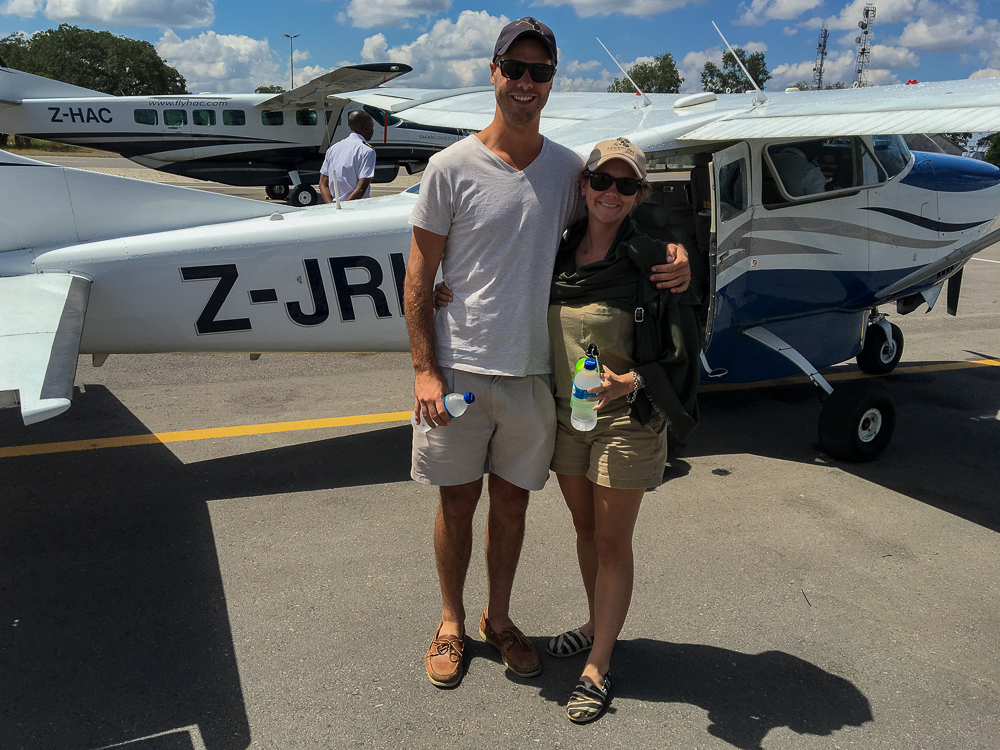
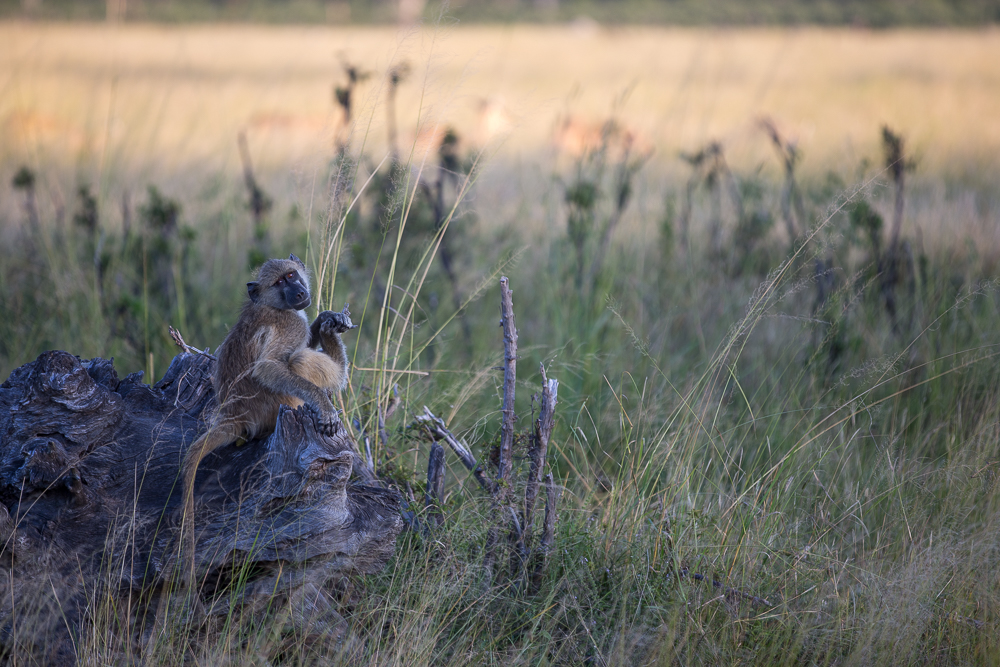
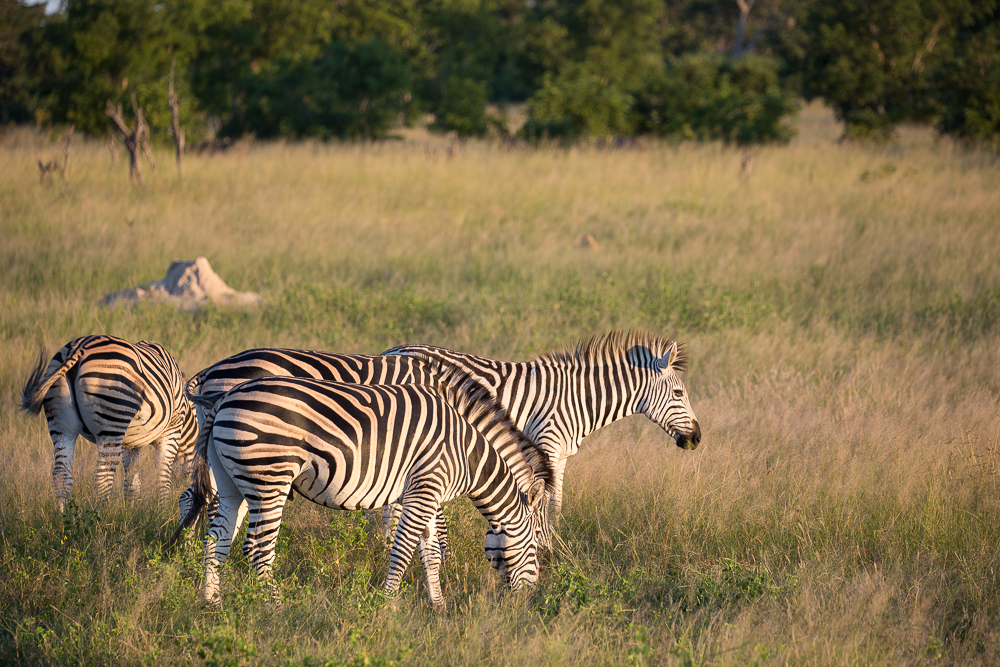
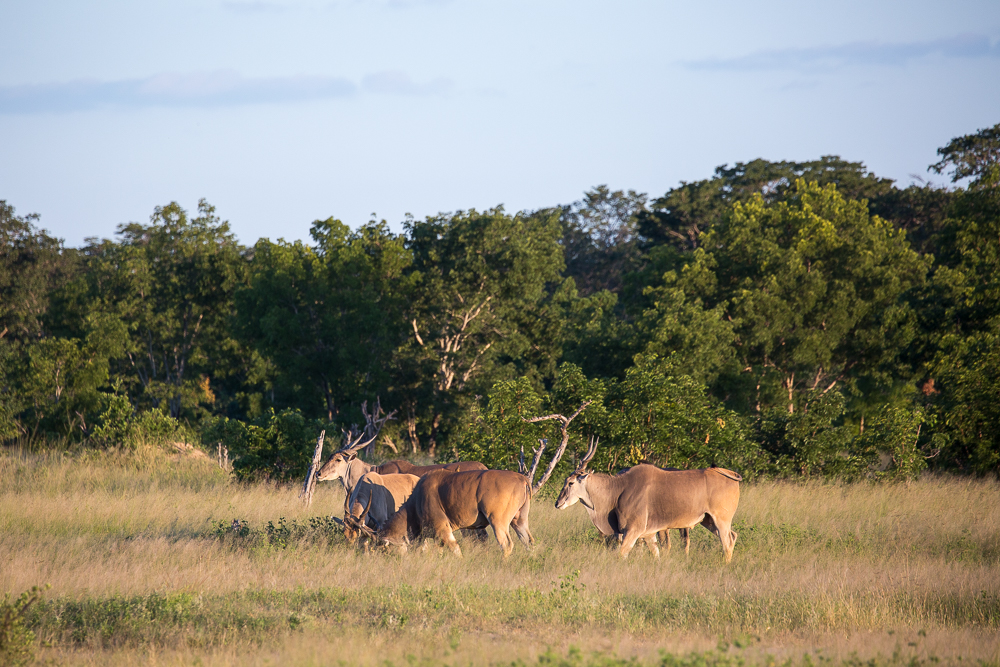
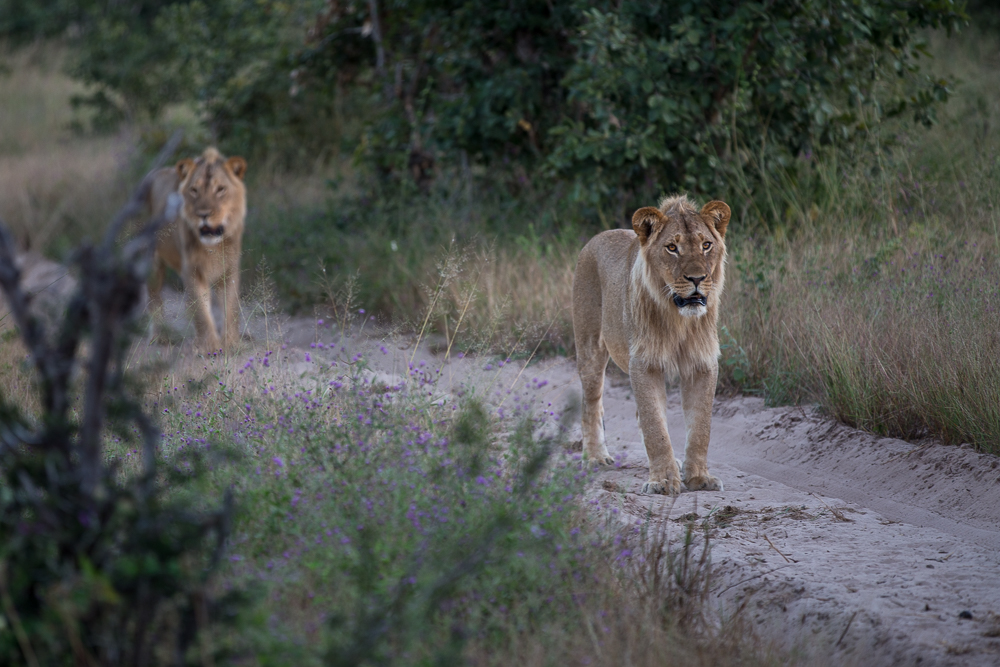
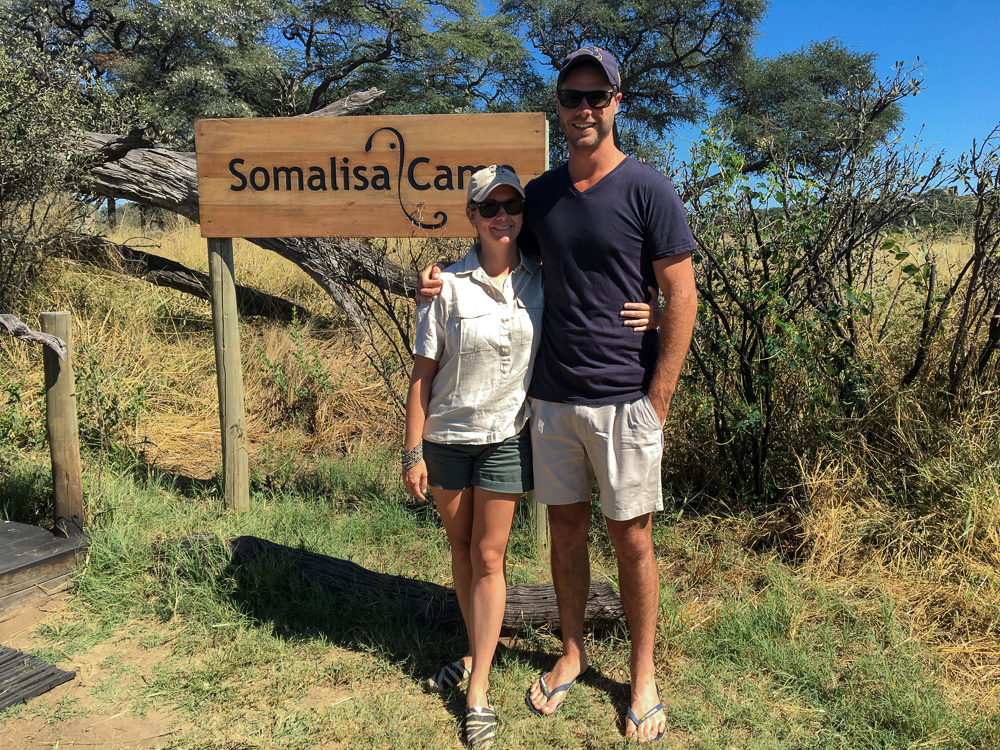
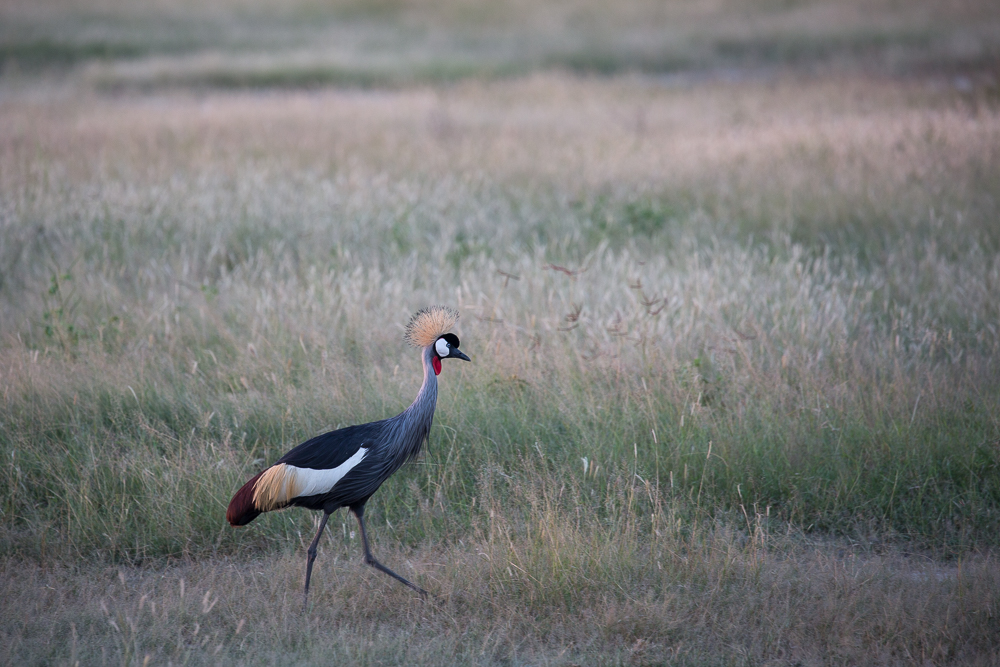
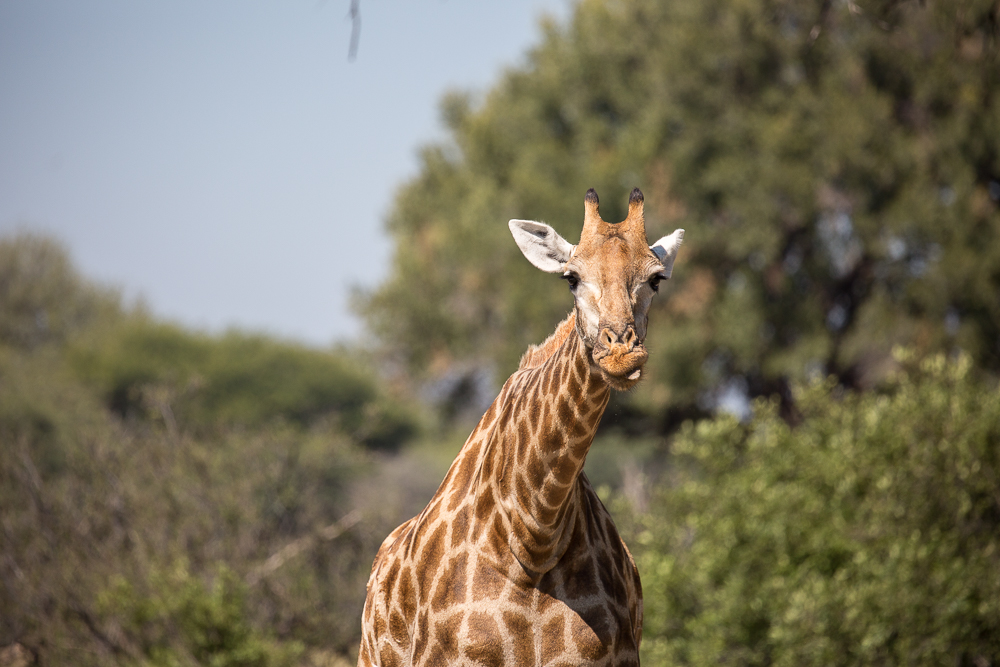
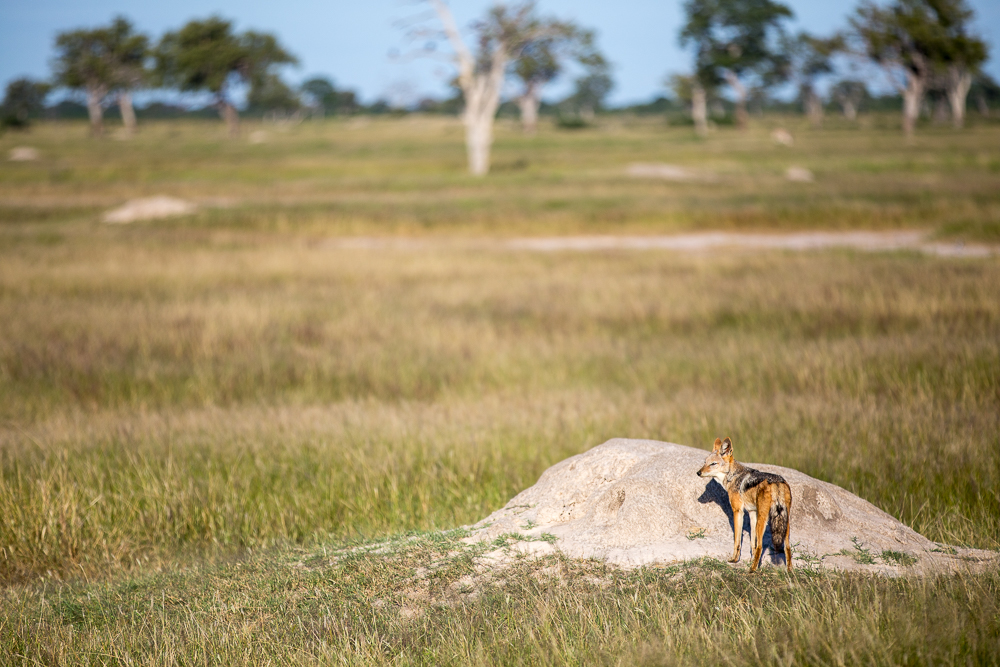



Yet another wonderful blog my love! It was incredibly special and a privilege to spend quality time with you at such beautiful place! Expect our return in the near future Somalisa Camp!
It was amazing! I cannot wait for all the adventures that await us!
Sounds like a great camp.
The Delta and Zim should be our next big Africa trip!